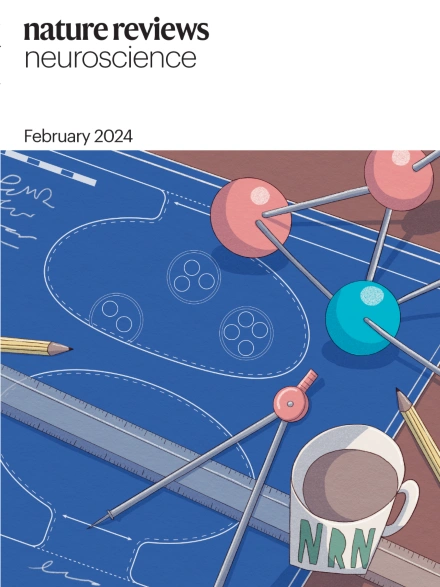描述炎症和非炎症机制对银屑病关节炎的治疗优化
IF 32.7
1区 医学
Q1 RHEUMATOLOGY
引用次数: 0
摘要
银屑病关节炎(PsA)在解剖学上比类风湿关节炎更具异质性,因为除了滑膜炎外,它还经常涉及腱鞘炎、腱鞘炎、腱鞘炎、骨炎和骨膜炎。这种异质性目前排除了客观定义治疗后炎症消退的金标准,其中炎症提出了一个特殊的挑战。尽管存在这些困难,我们应用从类风湿关节炎中吸取的经验教训来描述如何将PsA患者和对治疗反应不足的患者划分为两个患者亚组,分别以持续性炎症性PsA (PIPsA)和非炎症性PsA (NIPsA)为特征。NIPsA表型的定义是缺乏持续的关节炎症,通过临床评估和影像学证实,以及正常的炎症标志物水平。NIPsA可能与肥胖、生物力学相关疼痛、骨关节炎、纤维肌痛、继发性炎症后损伤和中枢性疼痛机制有关。在这篇文章中,我们构建了与PIPsA和NIPsA表型相关的PsA复合结果测量,并提出这种方法可能有助于在获得显性非炎症机制的患者中减少不必要或无效的PsA治疗循环,并可能为未来的试验设计提供信息。本文章由计算机程序翻译,如有差异,请以英文原文为准。


Delineating inflammatory from non-inflammatory mechanisms for therapy optimization in psoriatic arthritis
Psoriatic arthritis (PsA) is anatomically much more heterogeneous than rheumatoid arthritis, as, beyond synovitis, it often also involves enthesitis, peritendinitis, tenosynovitis, osteitis and periostitis. This heterogeneity currently precludes a gold standard for objectively defining resolution of inflammation following treatment, with enthesitis posing a particular challenge. Despite these difficulties, we apply lessons learned from rheumatoid arthritis to describe how patients with PsA and an inadequate response to therapy can be designated within two patient subgroups, characterized by persistent inflammatory PsA (PIPsA) and non-inflammatory PsA (NIPsA), respectively. The NIPsA phenotype is defined by the lack of ongoing joint inflammation, as confirmed through clinical assessment and imaging, along with normalized inflammatory marker levels. NIPsA might be associated with obesity, biomechanical-related pain, osteoarthritis, fibromyalgia, secondary post-inflammatory damage and central pain mechanisms. In this article, we frame PsA composite outcomes measures in relationship to the PIPsA and NIPsA phenotypes and propose that this approach might help to minimize unnecessary or ineffective cycling of PsA therapy in patients who acquire dominant non-inflammatory mechanisms and might also inform future trial design. In this Perspective, the authors propose that patients with psoriatic arthritis and an inadequate response to therapy can be classified into two distinct subgroups, characterized by persistent inflammatory and non-inflammatory phenotypes, and discuss potential mechanisms underlying these phenotypes, as well as considerations for treatment strategies and trial design.
求助全文
通过发布文献求助,成功后即可免费获取论文全文。
去求助
来源期刊

Nature Reviews Rheumatology
医学-风湿病学
CiteScore
29.90
自引率
0.90%
发文量
137
审稿时长
6-12 weeks
期刊介绍:
Nature Reviews Rheumatology is part of the Nature Reviews portfolio of journals. The journal scope covers the entire spectrum of rheumatology research. We ensure that our articles are accessible to the widest possible audience.
 求助内容:
求助内容: 应助结果提醒方式:
应助结果提醒方式:


